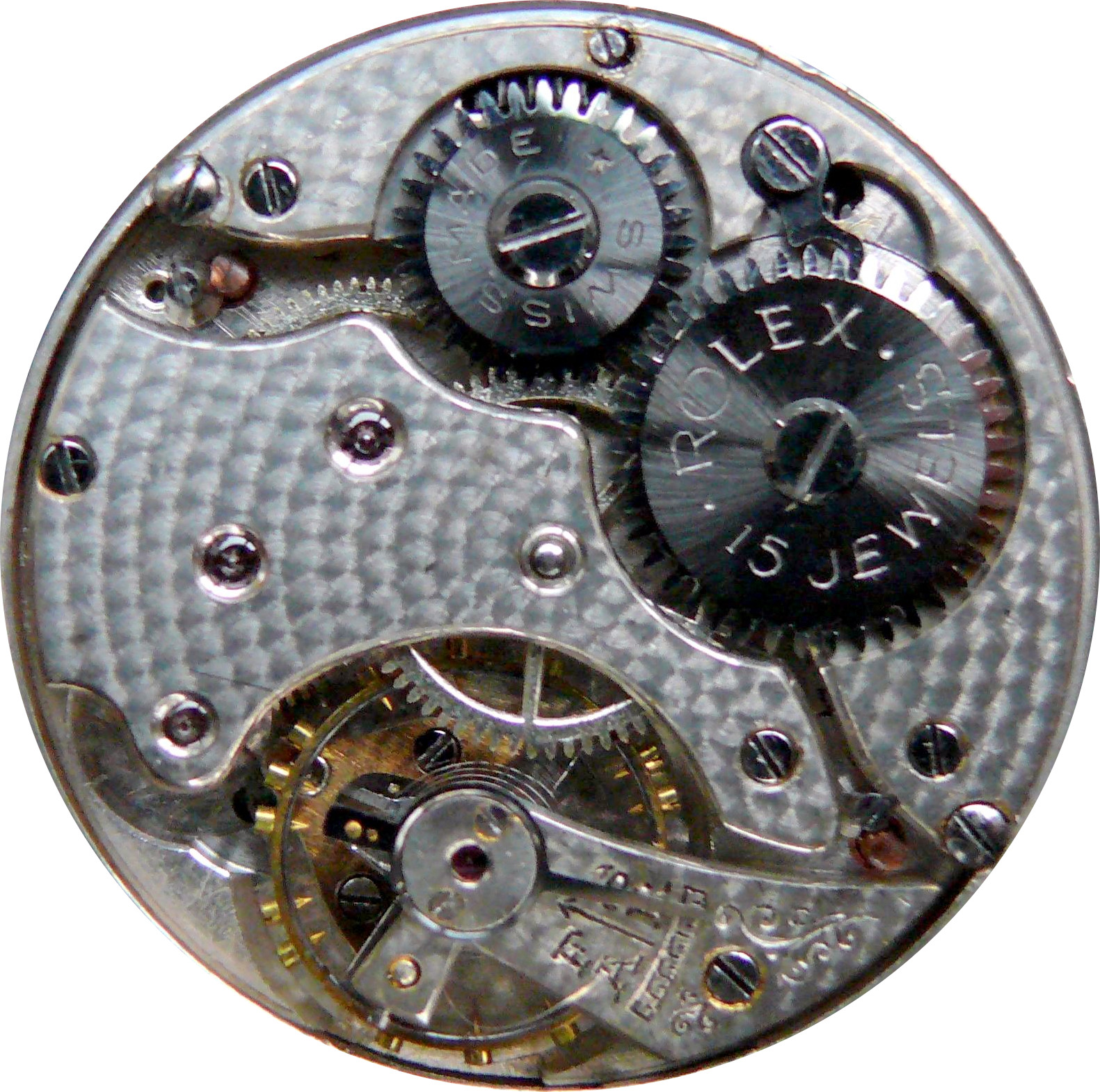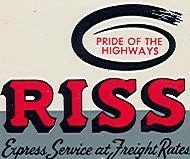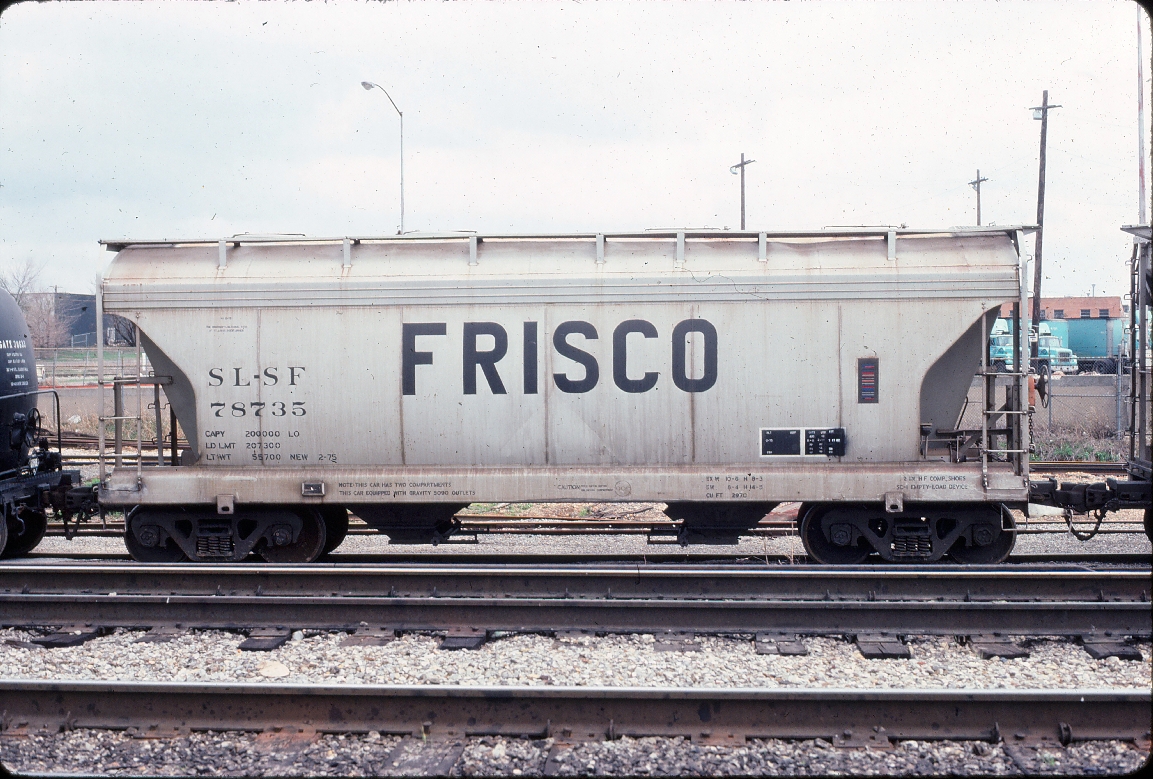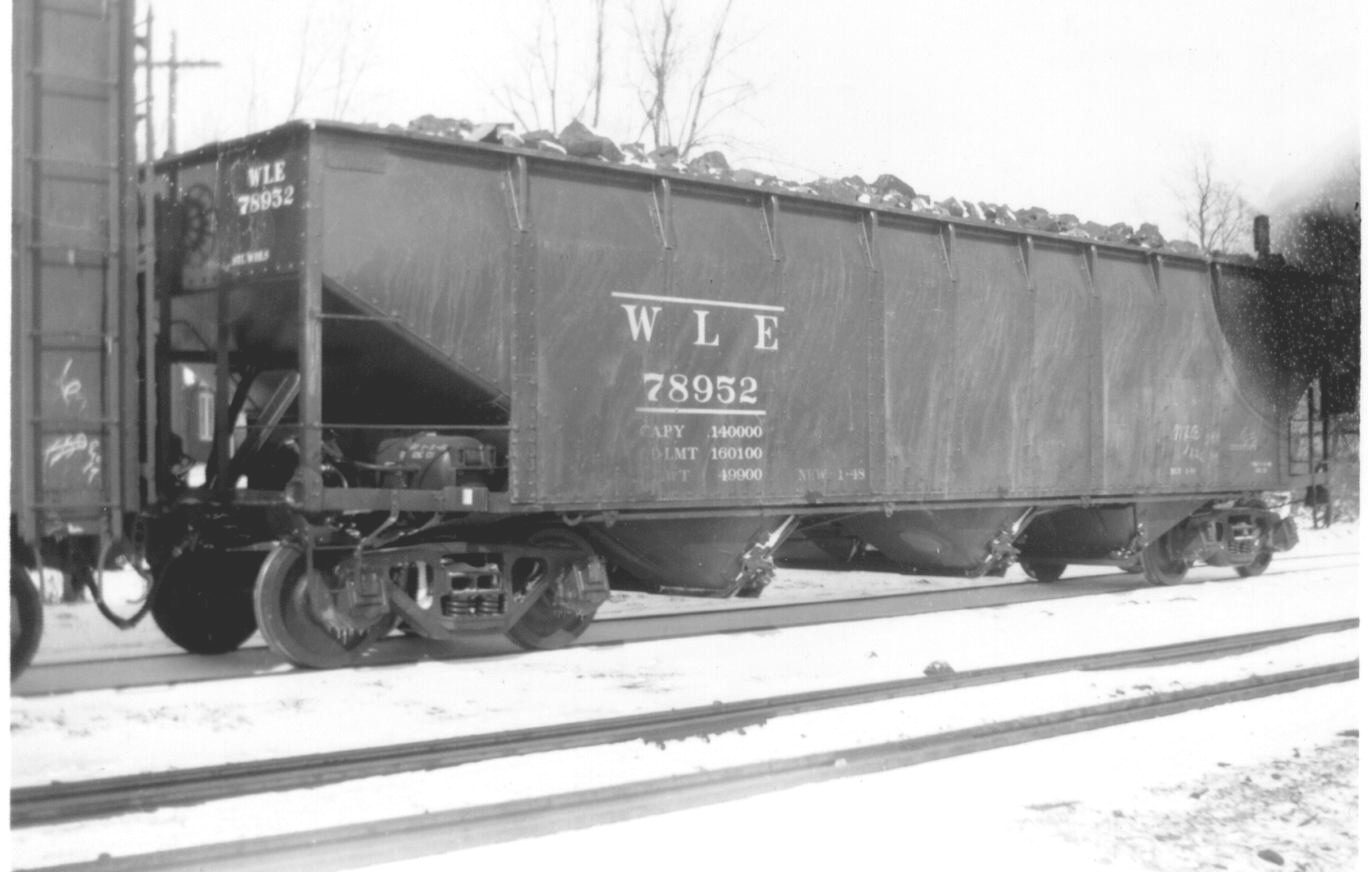Model Information: This is an early Con-Cor body style. It was produced in Con-Cor's Chicago facility. It models a generic "steel" offset-side hopper, clearly demonstrating rivets.
Prototype History: The 1960s brought about a growth in car size (and capacity). Railroads that transported coal moved away from the older 2-bay 55-ton USRA standard to newer 90- and 100-ton three bay hoppers. These cars were effective and long-lived. Many railroads swapped out the trucks on these cars to increase the capacity to 100 tons. Many companies produced these, including Pullman, Bethlehem, Evans, Greenville, Trinity and Ortner. The offset side variant of these hoppers carried a little more capacity than their rib-sided cousins.
Road Name History: 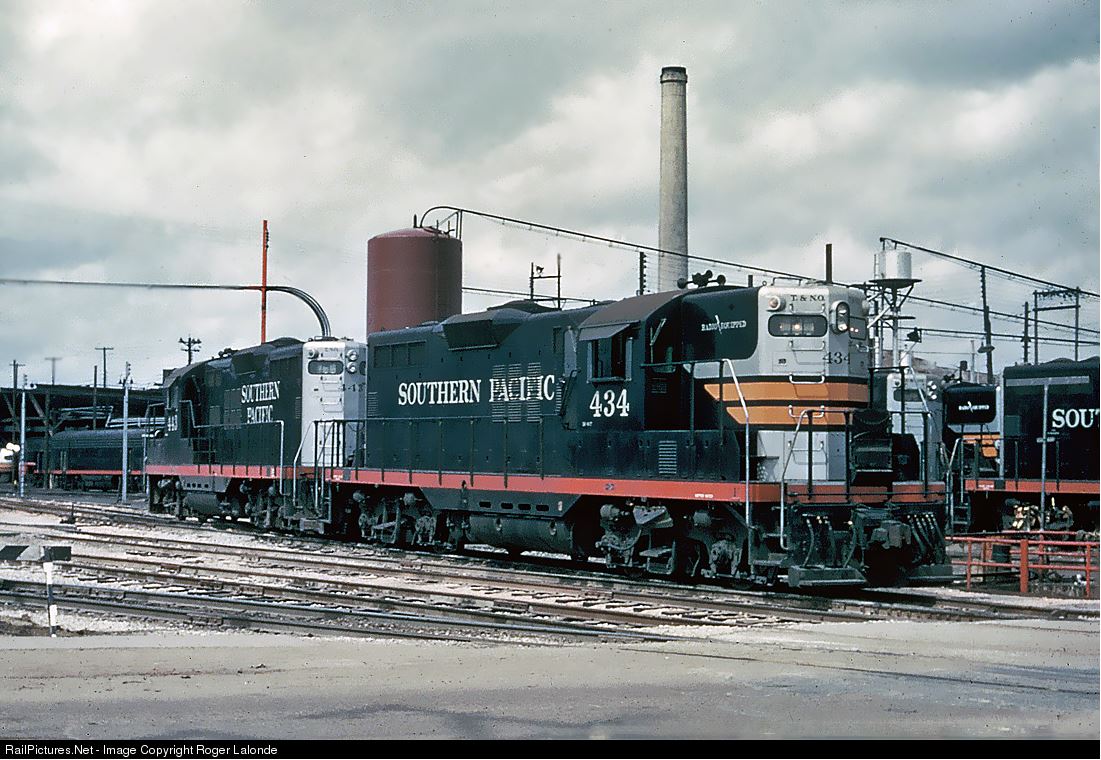 The T&NO was chartered in 1856 as the Sabine & Galveston Bay Railroad & Lumber Company but adopted the T&NO name three years later after their goals had changed to linking New Orleans with Houston. They built a 5’6” gauge line between Houston and Orange, Texas before progress was halted first by the Civil War, then by the washout of the Trinity River Bridge which was followed by receivership and sale. In 1876, full operations resumed and the line was standard-gauged. New Orleans was finally reached in 1880. Southern Pacific bought control of T&NO in 1881 as part of a program to acquire smaller lines in Texas. Under SP ownership, T&NO merged other lines and built new ones, culminating in the 1934 mass consolidation of all of Southern Pacific’s subsidiaries east of El Paso. The following railroads were merged into Texas & New Orleans that year: Dayton-Goose Creek Rwy.; Franklin & Abbeville; Galveston Harrisburg & San Antonio; Houston & Shreveport; Houston & Texas Central; Houston East & West Texas; Iberia & Vermillion; Lake Charles & Northern; Louisiana Western; Morgan’s Louisiana & Texas Railroad & Steamship Company; San Antonio & Aransas Pass; and Texas Midland. The result was a 3,713 mile T&NO – the new largest railroad in Texas. While T&NO reporting marks were used, Southern Pacific or Southern Pacific Lines got top billing on tenders and rolling stock. In the diesel age, locomotives wore SP style paint. If you can’t quite find the small T&NO reporting marks on their diesels, just look at the road number. Number 2 through 725 on the SP system belong to Texas & New Orleans. In November of 1961, T&NO was finally merged into Southern Pacific.
The T&NO was chartered in 1856 as the Sabine & Galveston Bay Railroad & Lumber Company but adopted the T&NO name three years later after their goals had changed to linking New Orleans with Houston. They built a 5’6” gauge line between Houston and Orange, Texas before progress was halted first by the Civil War, then by the washout of the Trinity River Bridge which was followed by receivership and sale. In 1876, full operations resumed and the line was standard-gauged. New Orleans was finally reached in 1880. Southern Pacific bought control of T&NO in 1881 as part of a program to acquire smaller lines in Texas. Under SP ownership, T&NO merged other lines and built new ones, culminating in the 1934 mass consolidation of all of Southern Pacific’s subsidiaries east of El Paso. The following railroads were merged into Texas & New Orleans that year: Dayton-Goose Creek Rwy.; Franklin & Abbeville; Galveston Harrisburg & San Antonio; Houston & Shreveport; Houston & Texas Central; Houston East & West Texas; Iberia & Vermillion; Lake Charles & Northern; Louisiana Western; Morgan’s Louisiana & Texas Railroad & Steamship Company; San Antonio & Aransas Pass; and Texas Midland. The result was a 3,713 mile T&NO – the new largest railroad in Texas. While T&NO reporting marks were used, Southern Pacific or Southern Pacific Lines got top billing on tenders and rolling stock. In the diesel age, locomotives wore SP style paint. If you can’t quite find the small T&NO reporting marks on their diesels, just look at the road number. Number 2 through 725 on the SP system belong to Texas & New Orleans. In November of 1961, T&NO was finally merged into Southern Pacific.

Brand/Importer Information: Con-Cor has been in business since 1962. Many things have changed over time as originally they were a complete manufacturing operation in the USA and at one time had upwards of 45 employees. They not only designed the models,but they also built their own molds, did injection molding, painting, printing and packaging on their models.
Currently, most of their manufacturing has been moved overseas and now they import 90% of their products as totally finished goods, or in finished components. They only do some incidental manufacturing today within the USA.
Important Note: The Con-Cor product numbering can be very confusing. Please see here in the article how to properly enter Con-Cor stock numbers in the TroveStar database.
Currently, most of their manufacturing has been moved overseas and now they import 90% of their products as totally finished goods, or in finished components. They only do some incidental manufacturing today within the USA.
Important Note: The Con-Cor product numbering can be very confusing. Please see here in the article how to properly enter Con-Cor stock numbers in the TroveStar database.
Item created by: gdm on 2017-04-09 21:43:21
Last edited by: CNW400 on 2020-07-22 20:22:14
If you see errors or missing data in this entry, please feel free to log in and edit it. Anyone with a Gmail account can log in instantly.
Last edited by: CNW400 on 2020-07-22 20:22:14
If you see errors or missing data in this entry, please feel free to log in and edit it. Anyone with a Gmail account can log in instantly.





